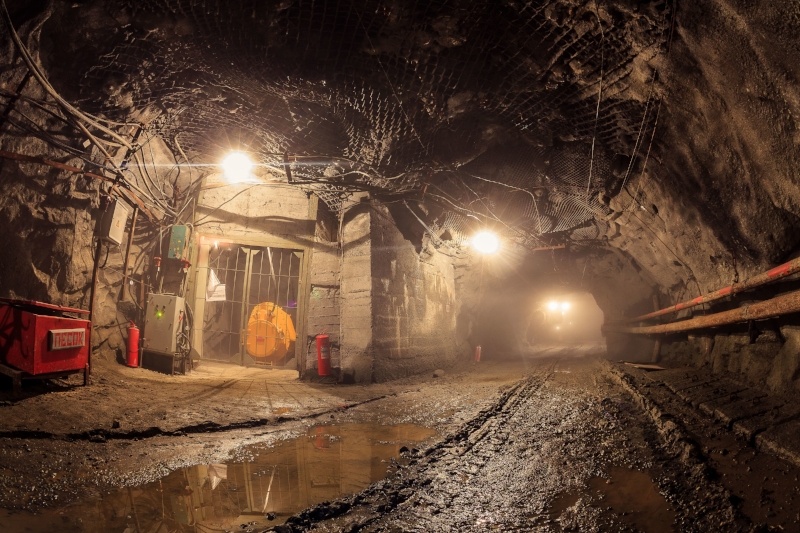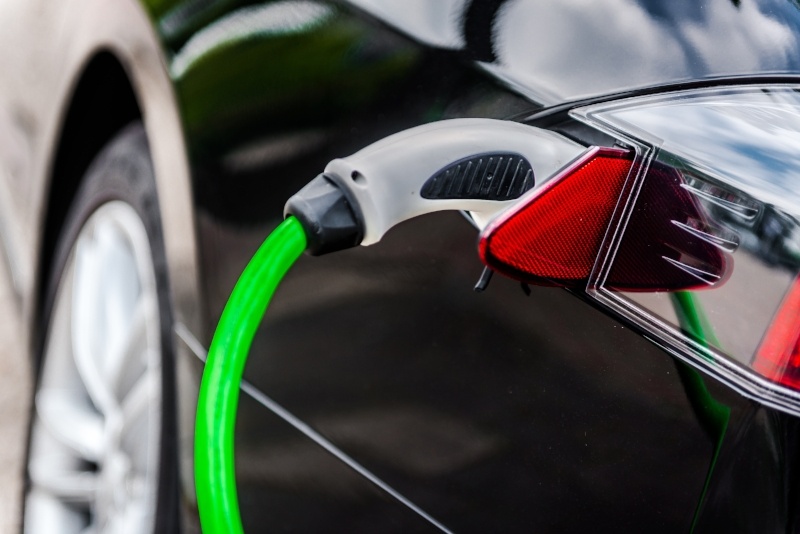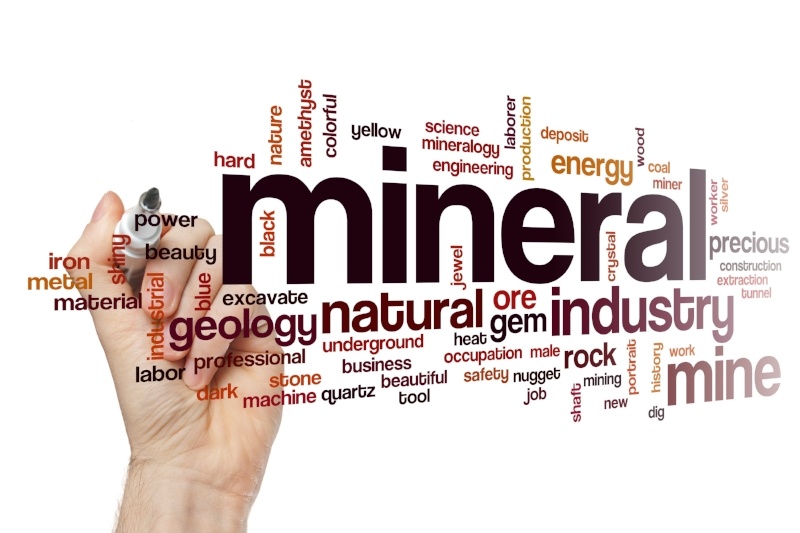Metal Streaming: Transforming Canada into a Global Financial Hub for the Mining Industry
It may come as no surprise to you that Canada is currently the leading global financial hub for the mining industry. Canada consists of a huge amount...
3 min read
Tomaso Veneroso : Dec 15, 2017 11:52:38 AM

The use of diesel-powered machinery has been a great asset to the mining industry for the past several decades, as a result of its ability to significantly improve productivity and its history of being economical, rugged and reliable. When used in conjunction with underground mining, however, it's evident that diesel-powered equipment has some serious shortcomings that need to be addressed.
These include:
Production of dangerous diesel exhaust gases and diesel particulate matter (DPM), now classified as human carcinogens
Heat produced by the use of diesel engines can result in workers suffering debilitating heat-associated health conditions including heat stroke and heat exhaustion
Humidity caused through the use of diesel equipment can decrease worker productivity by lowering their efficiency
Diesel-powered machinery is extremely loud, especially in confined areas
In addition to the known carcinogenic effects of DPM, it's also suspected of increasing the risk of those exposed to contracting cardiovascular, respiratory and/or cardiopulmonary ailments.
While a number of steps are now routinely taken in order to lessen the effects of the toxic gases and harmful particulates produced through the use of diesel-powered equipment in underground mining operations, even the most stringent preventative measures are still unable to solve the inherent dangers facing workers. Effective ventilation systems are utilized in an attempt to dilute exhaust pollutants, aggressive preventative maintenance is routinely performed on diesel engines to minimize their harmful emissions, engine exhaust systems are fitted with catalytic converters and DPM filters and the number of diesel-powered machines allowed to operate in any single area is often restricted.
Unfortunately, all these measures fall short of solving the problems caused by the use of diesel equipment in underground mines. DPM regulations currently in place are expected to become more stringent in the near future as more is learned regarding their harmful effects. This is one reason, among several, that many mine owners are looking toward the implementation of alternatives to diesel equipment. There are currently three emerging technologies being considered, including:
Fuel-cell powered equipment
Battery-powered equipment
Advanced material-handling systems
Fuel-cell mining equipment has numerous advantages compared to diesel-powered mining equipment. First and foremost, fuel-cells produce no toxic emissions, with their only by-products being electricity and water. As a result, fuel-cell powered equipment doesn't face the same worker exposure problems as diesel equipment, lessening the need for as much air volume exchange or ventilation requirements. It transfers significantly less heat in its operation and requires less power and heating fuel use. This lowers operating costs and also benefits the environment because of the huge reduction in the production of greenhouse gases (GHG).
The cost savings represented by a decreased need for ventilation, air volume, heating, and cooling operations are significant. Studies show that all cost savings associated with heating, cooling and ventilating an underground mine using fuel-cell equipment ranges from 20% to 38% when compared to diesel-powered operations, depending on mine depth. Even if the cost savings delivered by switching from diesel technologies to fuel-cell weren't present, the mere fact that fuel-cells provide zero-emissions, thereby promoting increased worker health and safety, is a huge benefit.
As yet, no fuel-cell powered commercial mining equipment has been put into operation but research studies are ongoing. Main challenges include:
On-board hydrogen storage
Hydrogen distribution
Safe, underground refueling stations
MSHA approval
Like the fuel-cell alternative to mining equipment, battery-powered machines are another zero-emissions option that alleviates the problems associated with toxic exhaust gases and diesel particulate matter. Battery-powered vehicles have become widely popular as consumer automobiles and have been used in mining operations, especially in confined spaces where the presence of internal combustion engines is noise prohibitive. Battery technology for electric vehicles has advanced by leaps and bounds in just the past decade. Electric mining equipment offers all of the advantages of zero-emission fuel-cell technology but without the same safety concerns for storage and distribution.
The main challenge mine owners see in changing over from diesel to electric is the up-front costs. Some mines, however, see the handwriting on the wall and realize that battery-power mining equipment is the only way to go. Goldcorp Inc., for example, has decided to turn the underground vehicles used in their Borden Gold Mine into all electric. Production has grown, efficiency has increased, and worker health and safety continue to improve.
Emission-free hauling systems such as the Rail-Veyor system and Kiruna Electric Trucks can be incorporated in transporting ore and waste from deep underground to a hoisting system of horizontal and vertical conveyors. These electric conveyance technologies can help in reducing the amount of toxic fumes and DPM produced when utilizing strictly diesel-powered equipment. With new regulations on the horizon, it may not be long before underground diesel exhaust, and DPM are history. Protecting workers' health and the environment has become imperative.

It may come as no surprise to you that Canada is currently the leading global financial hub for the mining industry. Canada consists of a huge amount...

There's no escaping the fact that electric vehicles ( EVs), are garnering tremendous attention in the transportation industry. Tesla, Elon Musk's...

The Presidential Executive Order on a “Federal Strategy to Ensure Secure and Reliable Supplies of Critical Minerals,” issued on December 20, 2017,...